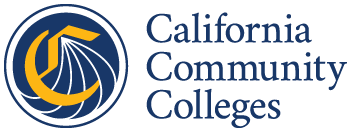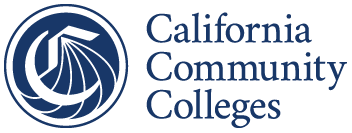Call it colleagues helping colleagues.
How PRTs are Assembled
This colleagues-helping-colleagues model is available to colleges, districts, and centers interested in getting support on issues that matter most to them.
A team of subject matter experts is drawn from a pool of system and partner volunteers, with the team’s composition based on a process that aligns PRT members’ knowledge and experience with the areas of focus identified by the institution.
The Point Person
Client Institution Point People plays a central role in coordinating and guiding the Partnership Resource Team (PRT) process at the college. Serving as the primary liaison between the institution and IEPI, the Point Person helps ensure strong communication, clear planning, and smooth logistics throughout each phase of the visit. This includes scheduling meetings, facilitating access to key stakeholders and documents, supporting the development of the Innovation and Effectiveness Plan (I&EP), and helping maintain momentum as the college works to implement its goals.
Logistics: The campus Point Person works directly with IEPI staff and the PRT Lead person to provide logistics such as hotel accommodation suggestions, meeting space, catering if needed and additional resources that may be required to ensure visit success.
PRT’s Three-Visits
Partnership Resource Teams make three visits to the Client Institution during the PRT process as follows:
- Visit #1 - During the PRT’s first visit, the team holds interviews and meetings with individuals and groups to gain an understanding of the institution and areas of focus. Using Appreciative Inquiry questions the PRT with ask follow-up questions as appropriate.
- After the first visit, the PRT prepares a Summary of Initial Visit (SIV). This document summarizes information the PRT heard during the visit from institutional personnel.
- List of Primary Success and Menu of Options (MOO). Prepared before the PRT’s second visit, the team will prepare the MOO based on the documentation review, interviews, meetings, further discussions, and the PRT’s own collective expertise. The PRT identifies the client institution’s primary successes and main issues, along with ideas for improvement and best practices that the institution should consider for each Area of Focus in its Innovation and Effectiveness Plan (I&EP).
- Visit #2 - The PRT’s second visit is designed to assist the institution’s Drafting Group(s) as they work on developing the I&EP. The PRT will provide constructive, colleague-to-colleague advice, commentary, and feedback as needed.
- Visit #3 - The PRT’s third visit is primarily held to gather information on the institution’s early progress of implementation of the I&EP. The PRT also acknowledges the successes achieved and provides advice on course corrections and assesses sustainability.
Innovation & Effectiveness Plan (I&EP)
Institutions will find that Partnership Resource Teams (PRTs) work diligently to understand the issues and challenges and collaborate with the institutions Drafting Group to develop effective, sustainable solutions focused on continuous improvement. The outcome of this collaboration is the Innovation and Effectiveness Plan (I&EP) – a focused, action-oriented plan developed by the institution with support from the PRT.
The I&EP outlines clear goals, objectives, strategies, and action steps to strengthen institutional effectiveness in identified Areas of Focus. It serves as a roadmap for improvement and a foundation for accessing an IEPI Seed Grant to support implementation.
IEPI Seed Grants of up to $250,000 are available to institutions that receive team visits and submit an approved I&EP.
Completion of the PRT Process
Following Visit #3, a PRT Process Summary Report is prepared and submitted to the client institution. This report summarizes the institution’s progress on its I&EP objectives within each Area of Focus and offers suggestions for sustaining progress and addressing the remaining challenges.
Reimbursement
IEPI reimburses for all approved travel expenses for site visits and training, such as airfare, lodging, mileage, parking, meals, and more. Stipends are also available for PRT members who qualify and participate on a team.
More information and reimbursement forms will be provided when you are selected to participate on a team.

